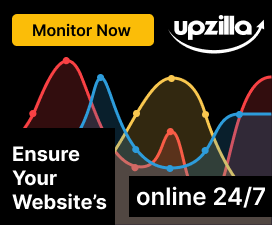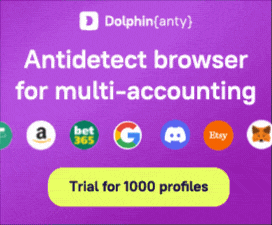Best answer
When it comes to running YouTube ads for online language courses, targeting is a crucial factor in determining the success of your campaign. Here are some factors to consider:
Target Audience: Before you decide on the target location, it's important to understand who your target audience is. Who is most likely to be interested in your language courses? What age group, gender, and interests do they have? Once you have a clear idea of your target audience, you can begin to think about location targeting.
You can do target audience and location targeting through Google Ads when setting up your YouTube ad campaign. In the "Audience" section, you can choose the age, gender, and interests of your target audience. In the "Locations" section, you can select the countries or regions you want to target.
To determine your target audience, you can conduct market research or analyze your current customer base. This can help you understand the demographics, interests, and needs of your potential customers. You can also use tools such as Google Analytics to gather data on your website visitors.
Location Targeting: If your language courses are focused on a specific language, it may be beneficial to target countries where that language is spoken. For example, if your course is teaching Spanish, it would make sense to target countries where Spanish is the primary language such as Spain, Mexico, and Colombia. On the other hand, if your course is teaching English as a second language, it may be more beneficial to target countries where English is not the primary language such as China, Japan, and South Korea. However, if your courses are not language specific, you may want to target a broader audience.
For location targeting, you can use tools such as Google Trends to identify the countries where your target language is most popular. You can also analyze your website traffic to determine which countries or regions are generating the most interest in your language courses. Once you have this information, you can choose the locations that are most likely to generate conversions for your campaign.
Budget: Your budget will also play a role in determining your targeting strategy. If you have a limited budget, it may be more cost-effective to target a specific city or region rather than an entire country or worldwide audience. However, if you have a larger budget, you may be able to afford a broader targeting strategy.
Ad Format: Lastly, you'll want to consider the type of ad format that would be most effective for your language courses. YouTube offers several different ad formats including in-stream ads, bumper ads, and discovery ads. Each format has its own advantages and disadvantages, and you'll want to choose the one that is most likely to resonate with your target audience.
Here are some general guide to help you launch a YouTube ad campaign:
Set up a YouTube Ads account if you don't have one. Once you have an account, create a new YouTube campaign. Choose the ad format that best suits your language course. Define your targeting criteria including location, demographics, interests, and other factors. Set your daily budget and maximum cost per view for your ads. Create a compelling ad that highlights the benefits of your language courses and encourages viewers to sign up. Once you've set up your ad, launch your campaign and monitor the results. You can adjust your targeting, ad format, and budget as needed to optimize your campaign's performance.
Remember, running a successful YouTube ad campaign requires ongoing testing, tweaking, and optimization. With the right targeting, ad format, and messaging, you can reach your target audience and drive sign-ups for your language courses. Be sure to track your campaign's performance regularly and make adjustments as necessary to improve your results.
In addition to YouTube ads, there are other marketing strategies that you can use to promote your online language courses. These include:
Social Media Marketing: Use social media platforms such as Facebook, Instagram, and Twitter to reach your target audience and promote your language courses. Share engaging content, run ads, and engage with your followers to build a community around your courses.
Content Marketing: Create valuable content such as blog posts, videos, and podcasts that provide value to your target audience and showcase your expertise in language learning. Share your content on your website, social media platforms, and other relevant channels to attract potential customers.
Influencer Marketing: Partner with influencers in your niche to promote your language courses to their followers. This can help you reach a wider audience and build credibility with potential customers.
Email Marketing: Build an email list of potential customers and use email marketing to promote your language courses, share valuable content, and keep your subscribers engaged.
By using a combination of these marketing strategies and continually testing and optimizing your campaigns, you can attract more students to your online language courses and build a successful business in the language learning niche.








